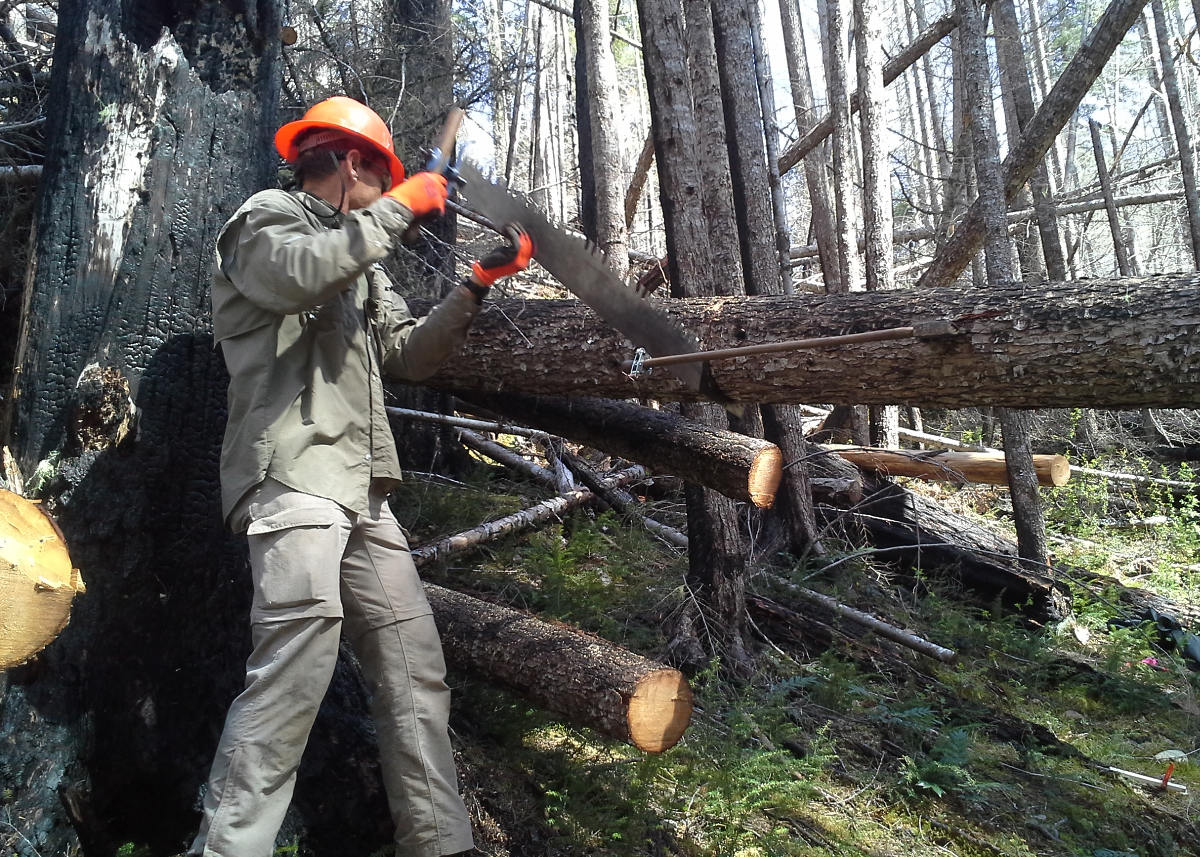- Joined
- Nov 7, 2016
- Messages
- 796
For the four who voted for it, and anyone else interested in designing full size single bit. I imagine making a list of tasks in order of importance is a good place to start. Then hardwood softwood, order of importance no point designing an ax for limbing and hewing if everyone is just splitting Ash and bucking pine. Any pattern you would want to start with, or just improve on? See if we agree on anything. I will start.
For me
Tasks
1. Bucking
2.splitting
3. Limbing
Hardwood softwood order
I actually buck more hardwood, but would love to design a softwood leaning ax. (Something with good bevels, different than the norm perhaps, and a good strong cheek.)
Pattern
Tasmanian.
Any important features anyone wants to see? Like hardened poll. Or "cheeks"
We can compare lists and go forward with what is common in most lists
For me
Tasks
1. Bucking
2.splitting
3. Limbing
Hardwood softwood order
I actually buck more hardwood, but would love to design a softwood leaning ax. (Something with good bevels, different than the norm perhaps, and a good strong cheek.)
Pattern
Tasmanian.
Any important features anyone wants to see? Like hardened poll. Or "cheeks"
We can compare lists and go forward with what is common in most lists
Last edited:











